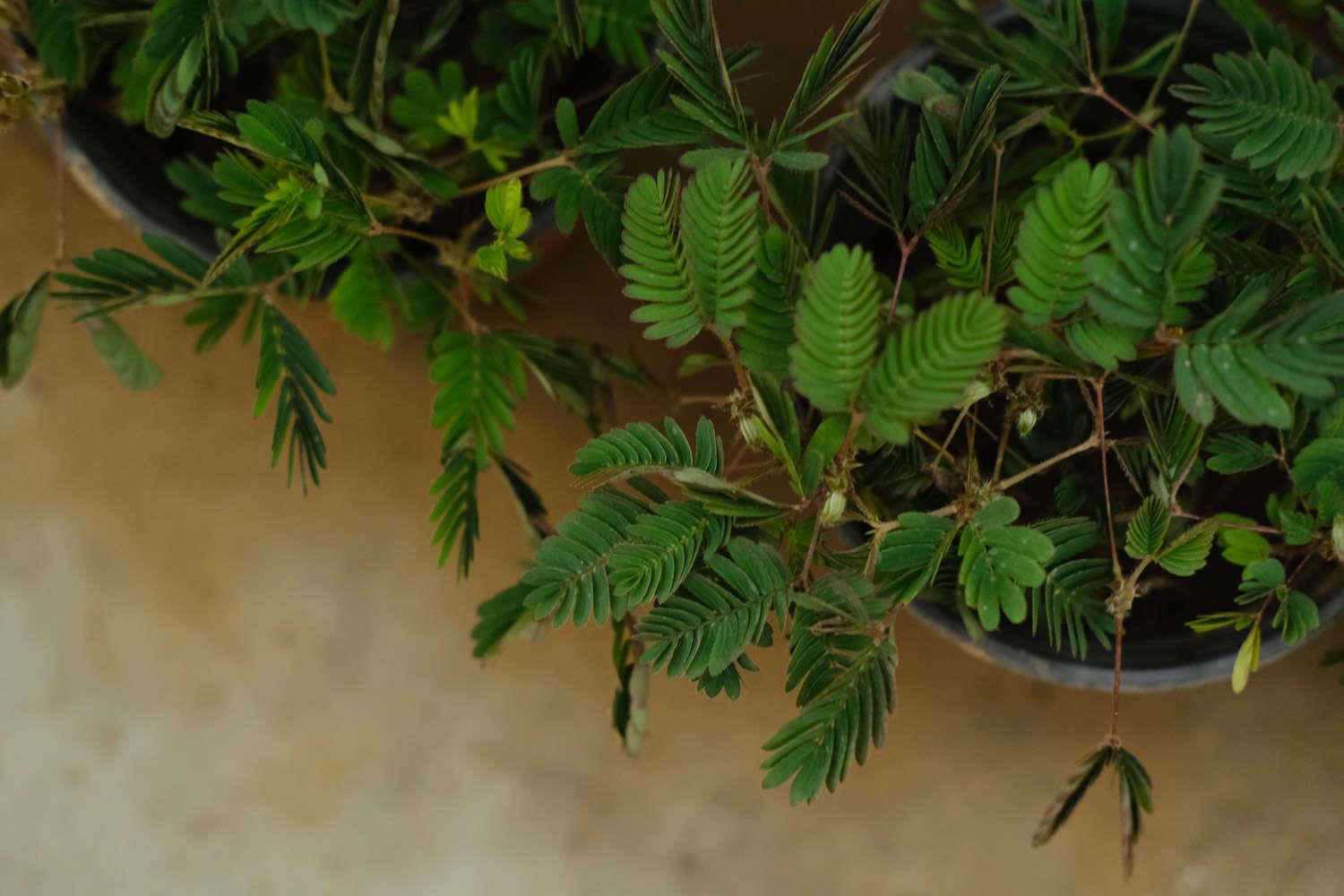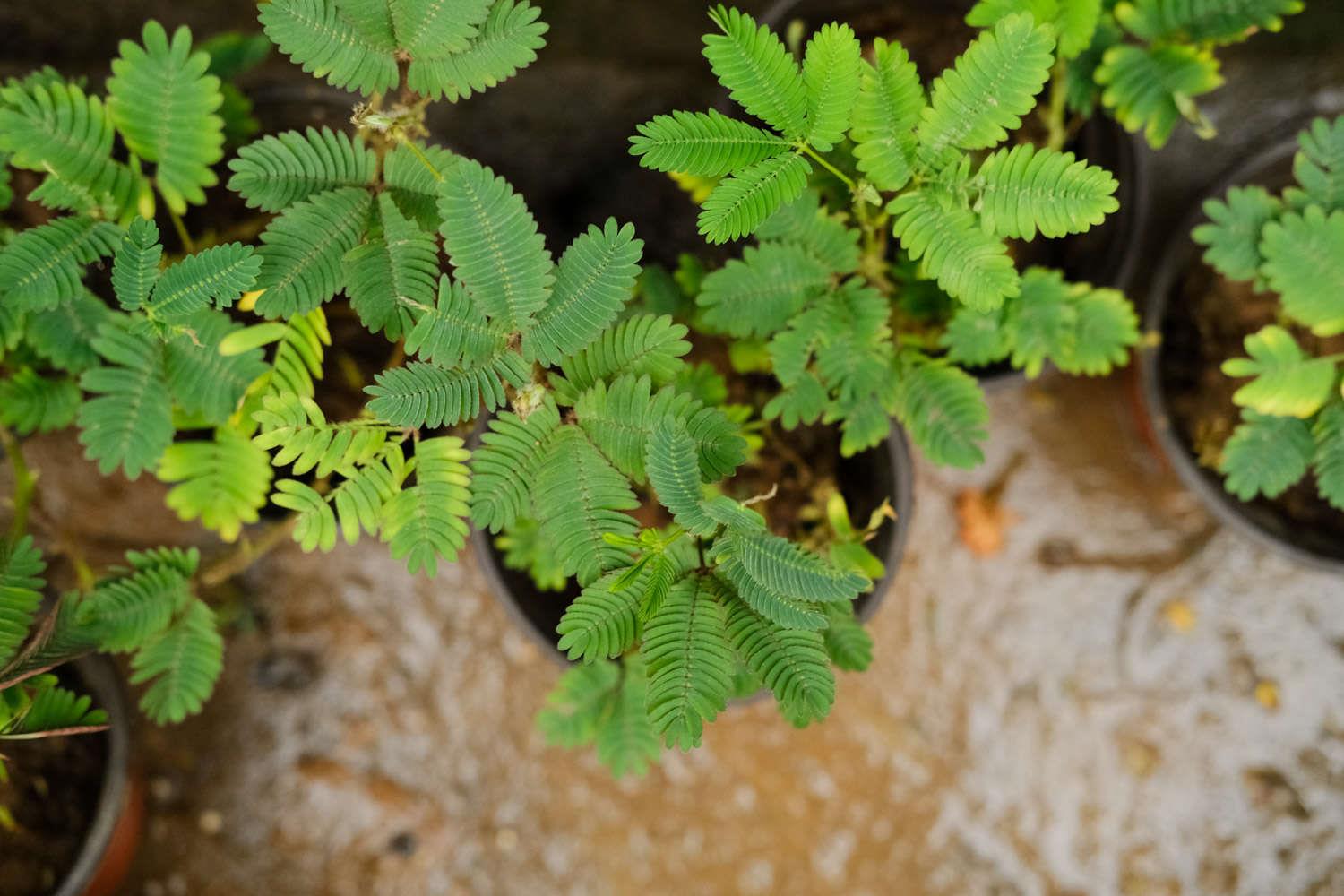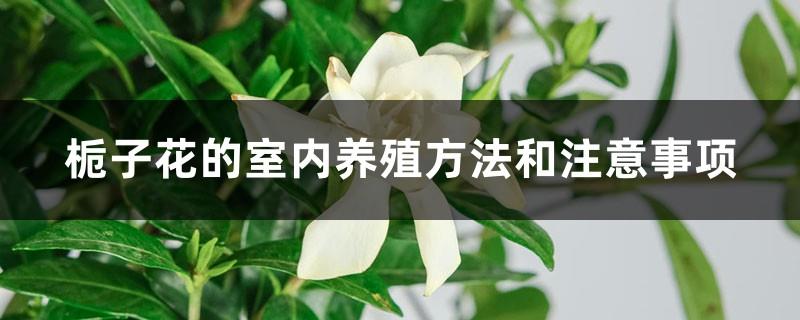Why is Mimosa not shy in winter?
Last Update :2024.10.28
Article Catalog
Why are mimosa not shy in winter?
Mimosa, Mimosa, seems to be a shy plant recognized by everyone, but some flower lovers have found that this characteristic of Mimosa disappears in winter. What's going on?

Why is Mimosa shy?
Why is Mimosa shy
When touching Mimosa, we can find that the leaves of Mimosa will close. This is because in Mimosa There is a part at the base of the petiole and leaf called the leaf pillow. This leaf pillow is the main reason for the shyness of Mimosa pudica. When the leaves of Mimosa pudica are stimulated, the cell fluid in the cells inside the leaf pillow will be discharged, causing an imbalance between the upper and lower parts, causing the leaves to close.
This phenomenon of Mimosa occurs very quickly, and the time required is very short, but it takes 5 to 10 minutes to recover.
The shyness of Mimosa may also be related to the environment. Mimosa is originally produced in tropical areas, where the weather is mostly rainy and violent storms are often encountered. Therefore, in order to protect itself, Mimosa pudica will close its leaves in time when it encounters rain. This can be said to be biological adaptability.

Why is Mimosa not shy in winter
In winter, the shyness of mimosa is relatively rare. This is mainly due to the effect of temperature.
In winter, the temperature is very low. Under the influence of low temperature, the permeability of the cytoplasm of Mimosa leaves will weaken, which will cause its response to external stimuli to become sluggish. Therefore, when stimulated, the leaves of Mimosa will not close so quickly, and it will no longer be shy.
As the temperature gradually decreases in winter, mimosa will completely lose this characteristic. Especially on the new leaves, the performance is more obvious.

Why are mimosa not shy in winter?
- END -
Gardenia indoor cultivation methods and precautions

Soil: More nutritious and looser soil is more suitable for the growth of plants. T...
Pocket coconut farming methods and precautions

It is best to use fertile and well-drained cultivation soil to grow pocket coconut...